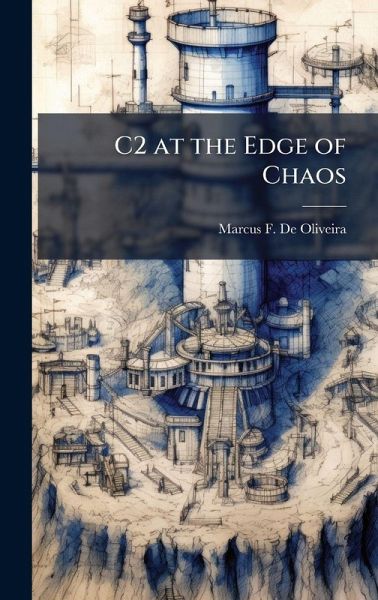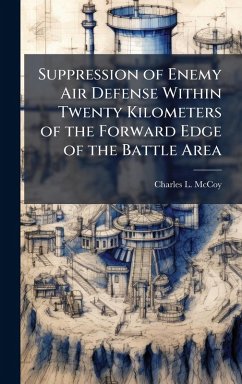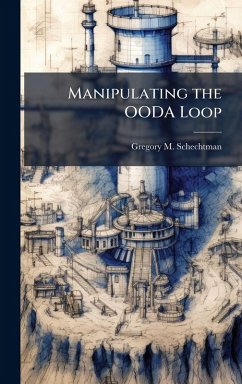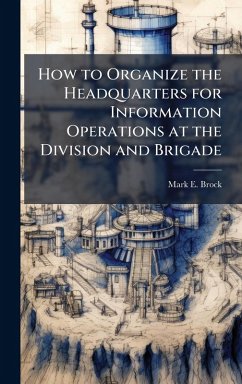
C2 at the Edge of Chaos
Versandkostenfrei!
Versandfertig in über 4 Wochen
25,99 €
inkl. MwSt.
Weitere Ausgaben:

PAYBACK Punkte
13 °P sammeln!
The United States Army, along with the Department of Defense, has been undergoing a transformation that has focused on technologies and structures instead of the personnel and education policies that will enable networks. Network-Centric Warfare is one more silver bullet promised to revolutionize warfare and a key element in the Department of Defense's ongoing transformation. Network-centric theories, depending on perspectives, emphasize technological change, structure change, doctrine change and social interactions. The emphasis depends on the lens through which a service executes warfare. Un...
The United States Army, along with the Department of Defense, has been undergoing a transformation that has focused on technologies and structures instead of the personnel and education policies that will enable networks. Network-Centric Warfare is one more silver bullet promised to revolutionize warfare and a key element in the Department of Defense's ongoing transformation. Network-centric theories, depending on perspectives, emphasize technological change, structure change, doctrine change and social interactions. The emphasis depends on the lens through which a service executes warfare. United States theorists tend to emphasize the technology and the network itself as most important and thus the term in the United States Department of Defense of Network-Centric Warfare or Network-Centric Operations. The British Ministry of Defense, being less wedded to silver bullets than their American counterparts, adopted Network Enabled Capabilities that emphasizes the network as a tool for commanders. The United States Army recently adopted the same emphasis with the term Network-Enabled Battle Command. This work has been selected by scholars as being culturally important, and is part of the knowledge base of civilization as we know it. This work was reproduced from the original artifact, and remains as true to the original work as possible. Therefore, you will see the original copyright references, library stamps (as most of these works have been housed in our most important libraries around the world), and other notations in the work. This work is in the public domain in the United States of America, and possibly other nations. Within the United States, you may freely copy and distribute this work, as no entity (individual or corporate) has a copyright on the body of the work. As a reproduction of a historical artifact, this work may contain missing or blurred pages, poor pictures, errant marks, etc. Scholars believe, and we concur, that this work is important enough to be preserved, reproduced, and made generally available to the public. We appreciate your support of the preservation process, and thank you for being an important part of keeping this knowledge alive and relevant.












